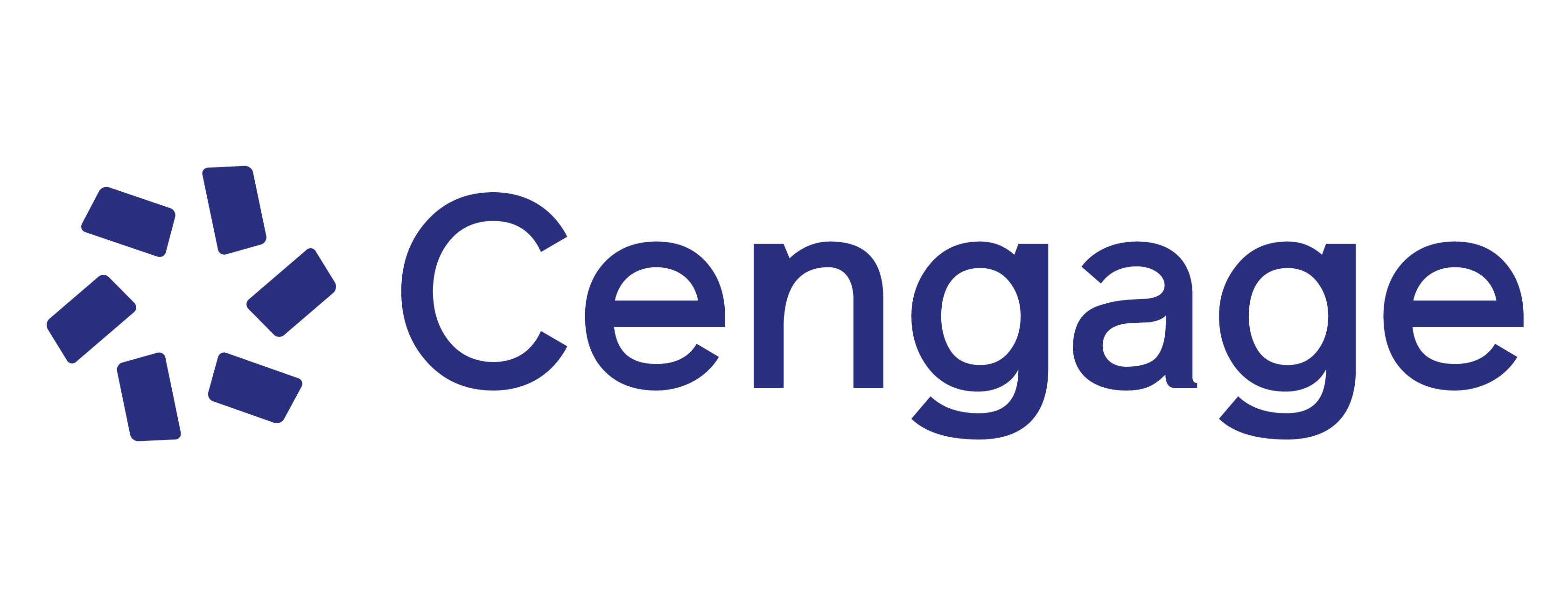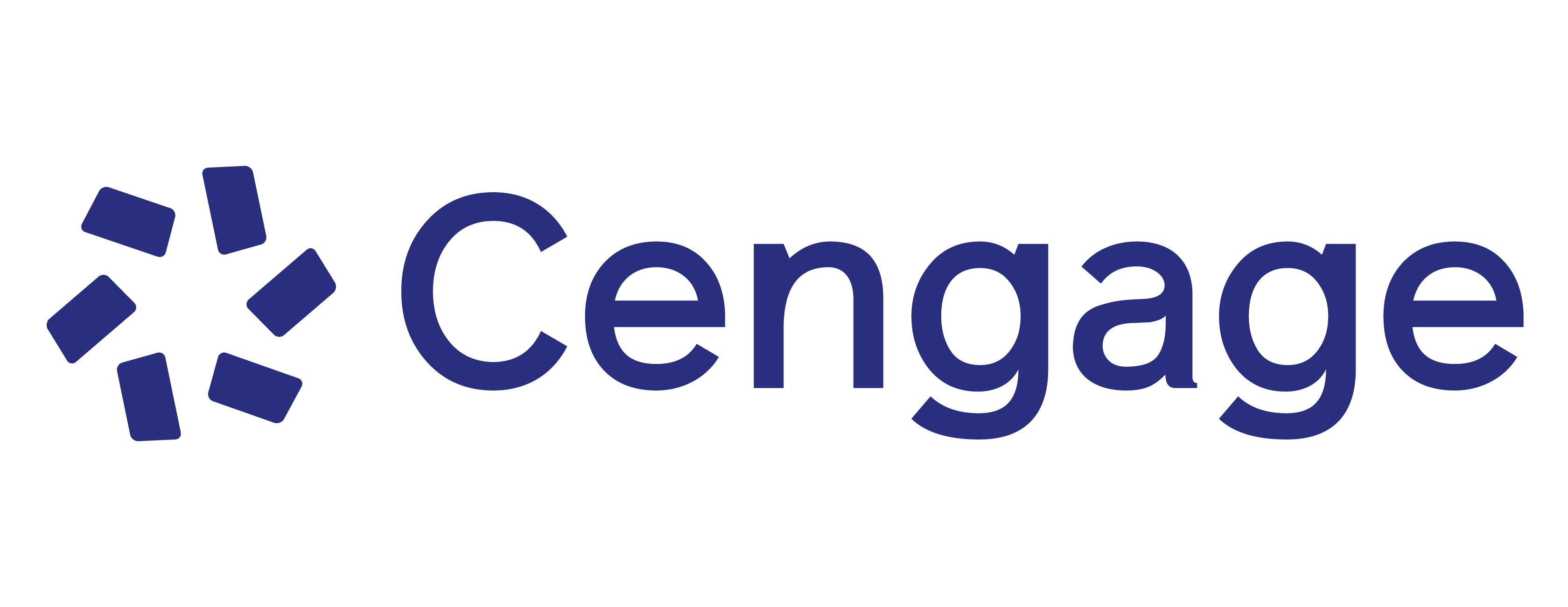Learn how today's managers, investors and other business stakeholders effectively use accounting information and reports to guide business success with Warren/Jones/Farmer’s USING FINANCIAL ACCOUNTING. Designed as a one-term introduction for those with no previous accounting experience, this edition overviews basic financial accounting concepts without extraneous details. This book's spreadsheet approach focuses on the use of accounting information in business without the distraction of debits and credits. An integrated financial statement framework highlights how transactions impact each of the three primary financial statements: balance sheets, income statements and cash flow statements. Unique metrics analyses highlight transaction, financial statement and managerial decision-making information. In addition, special features and cases demonstrate the use of data analysis in financial accounting today. Optional CNOWv2 digital resources further support your financial accounting learning experience.
Chapter 1: Role of Accounting in Business
Chapter 2: Basic Accounting Systems: Cash Basis
Chapter 3: Basic Accounting Systems: Accrual Basis
Chapter 4: Accounting for Retail Operations
Chapter 5: Internal Control and Cash
Chapter 6: Accounts Receivables
Chapter 7: Inventories
Chapter 8: Long-Term Operating Assets
Chapter 9: Liabilities
Chapter 10: Stockholders’ Equity
Chapter 11: Statement of Cash Flows
Chapter 12: Financial Statement Analysis
Appendix A: Selected Topics
Topic 1: Investments
Topic 2: Foreign Currency Transactions
Topic 3: Corporate Taxes
Topic 4: Reporting Unusual Items and Comprehensive Income
Topic 5: Revenue Recognition
Topic 6: International Accounting Standards
Appendix B: Nike Annual Report (10-K)
Appendix C: Double-Entry Accounting Systems
Glossary
Index
-
Carl S. Warren
Dr. Carl S. Warren is professor emeritus of accounting at the University of Georgia, Athens. For more than 25 years, Dr. Warren has taught all levels of accounting courses with a primary focus on introductory of accounting and auditing. Dr. Warren has taught classes at the University of Iowa, Michigan State University and the University of Chicago. He received his Ph.D. from Michigan State University and his B.A.A. and M.A. from the University of Iowa. During his career, Dr. Warren published numerous articles in professional journals, including The Accounting Review, Journal of Accounting Research, Journal of Accountancy, The CPA Journal and Auditing: A Journal of Practice and Theory. Dr. Warren’s outside interests include handball, backpacking, skiing, hiking, fly-fishing and golf. He also spends as much time as possible visiting with his five grandchildren (two sets of twins). Dr. Warren resides in Bozeman, Montana.
-
Jeff Jones
Dr. Jefferson P. Jones is an associate professor of accounting in the School of Accountancy at Auburn University, where he teaches financial accounting and applied financial research courses. He received his B.A. and M.A. degrees from Auburn University and his Ph.D. from Florida State University. Dr. Jones has received numerous teaching awards, including the Auburn University Beta Alpha Psi Outstanding Teaching Award (eleven times), the Auburn University Outstanding Master of Accountancy Professor Teaching Award (five times), the Auburn University Outstanding Distance Master of Accountancy Teaching Award (three times) and the Auburn University College of Business McCartney Teaching Award. In addition, he has made numerous presentations around the country on research and pedagogical issues. Dr. Jones has public accounting experience as an auditor with Deloitte and Touche and holds a C.P.A. certificate in the state of Alabama (inactive). He is a member of the American Accounting Association, the American Institute of Certified Public Accountants (AICPA) and the Alabama Society of CPAs (ASCPA). His research interests focus on financial accounting, specifically investigating the quality of reported accounting information and accounting education. He has published articles in numerous journals, including Advances in Accounting, Review of Quantitative Finance and Accounting, Issues in Accounting Education, International Journal of Forecasting and The CPA Journal. When not at work, Dr. Jones enjoys playing golf and watching college football.
-
Amanda Farmer
Amanda G. Farmer, C.P.A., has been a full-time lecturer in the JM Tull School of Accounting at the University of Georgia since 2006. A University of Georgia alumna, she received her B.B.A. and M.Acc. before beginning work for Trinity Accounting Group in Athens, Georgia. She started her own company, DolCor, Inc., which provided tax and accounting services to business and individual clients. Today, her primary area of teaching is managerial accounting. She has taught courses in principles of accounting, managerial accounting, survey of accounting and professional accounting. Her outside interests include physical fitness, practicing yoga, cooking and spending time with her daughters.
-
INTEGRATED FINANCIAL STATEMENT FRAMEWORK STRESSES THE INTERDEPENDENT NATURE OF ACCOUNTING. The book's unique integrated financial statement framework clearly demonstrates for students how transactions impact each of the three primary financial statements. This framework replaces the traditional use of journal entries, debits and credits and ledger accounts in other texts.
-
THE AUTHORS' SPECIAL METRIC ANALYSES APPEAR THROUGHOUT THIS EDITION. These unique metric analyses use common business metrics to assess a company’s financial condition and performance. The metrics highlight information assessed from three perspectives: a transaction perspective, financial statement perspective and managerial decision-making perspective. To further support these metric analyses, end-of-chapter problems test students’ knowledge and understanding of the concepts.
-
THE BOOK'S METRIC ANALYSES ARE VISUALLY DISTINGUISHED BY A DISTINCT COLOR. This allows you, the instructor, to quickly locate the analyses within the chapters as well as identify the corresponding end-of-chapter section for assigning homework.
-
"USING DATA ANALYTICS" FEATURE BOXES DEMONSTRATE HOW DATA ANALYTICS RELATE TO SPECIFIC FINANCIAL ACCOUNTING TOPICS. These feature boxes that appear within each chapter describe an application of data analytics that directly corresponds to the chapter’s content.
-
DATA ANALYTIC CASES SUPPORT CHAPTER CONTENT AND REQUIRE CAREFUL INVESTIGATION. These data analytic cases, which appear in several chapters, use a data set related to each chapter's content that requires students to analyze the data and develop reports using Excel and Tableau.
-
THIS BOOK'S NON-DEBIT/CREDIT APPROACH ENABLES READERS TO FOCUS ON THE EFFECTS OF FINANCIAL ACCOUNTING IN BUSINESS. With this approach you and your students are able to examine the business impact of transactions on the financial statements and other key business metrics, such as profitability, liquidity and solvency, without the distraction of a new language of debits and credits.
-
SPECIAL APPENDIX ADDRESSES A VARIETY OF RELEVANT TOPICS FOR ADDITIONAL STUDY. Each topic within Appendix A is designed as a self-contained learning module with its own assignment materials. The modules are carefully written to give you the flexibility of covering one or more of the modules at a variety of different places in your course, depending upon your students’ needs.
-
HELPFUL APPENDIX FEATURES NIKE ANNUAL REPORT TO USE IN PRACTICAL ASSIGNMENTS OR PROJECTS. The convenient Appendix B provides excerpts from a recent Nike Inc. annual report (10-K) that includes financial statements. Each chapter provides a homework assignment that corresponds to and makes use of the financial information in the report. You can choose to use only some of these assignments, or you can combine all of the assignments to create a significant "annual report" project for your course.
-
USEFUL APPENDIX OVERVIEWS DOUBLE-ENTRY ACCOUNTING SYSTEMS. Using this brief overview in Appendix C, you have the flexibility to introduce your students to double-entry accounting without the need to address it throughout the text.
-
Appendix A: Selected Topics This appendix covers a variety of topics that might be relevant to students. Each topic is designed as a self-contained learning module with its own assignment materials. The modules have been written so that instructors have the flexibility of covering one or more of the modules at a variety of different places in their course depending upon their students’ needs.
-
Appendix B: Nike Annual Report This appendix includes excerpts from a recent Nike Inc. annual report (10-K) that includes the financial statements. A homework assignment is included for each chapter. An instructor could use “all” the chapter assignments as an “annual” report project for the course. Alternatively, an instructor might use some assignments and not others.
-
Appendix C: Double-Entry Accounting Systems This appendix includes a brief overview of the double-entry accounting systems. This appendix can be used by instructors who want to introduce their students to double-entry accounting without having to cover it throughout the text.
Cengage Testing, powered by Cognero® for Warren/Jones/Farmer's Using Financial Accounting
9780357507902
Cengage Testing, powered by Cognero® for Warren/Jones/Farmer's Using Financial Accounting Instant Access
9780357507896
Instructor Companion Website for Warren/Jones/Farmer's Using Financial Accounting
9780357507889
Cengage eBook: Using Financial Accounting 12 Months
9788000033846
CNowv2: Using Financial Accounting 12 Months
9780357747414


